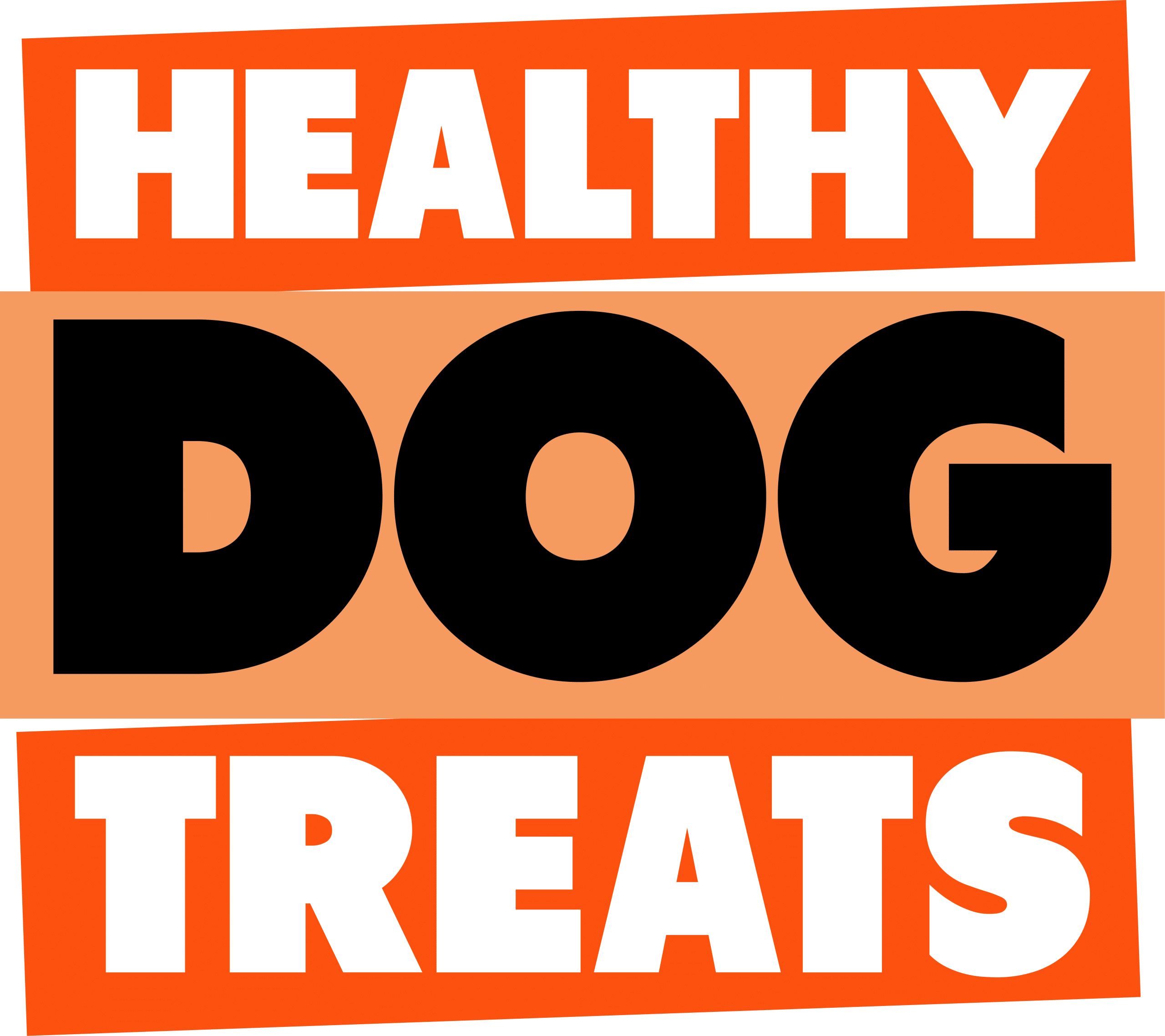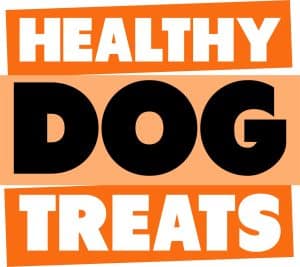Collagen Dog treats for your dog joint support – EVERYTHING you need to KNOW

As many owners of dogs know, dogs can get joint issues at any age. While Osteoarthritis is one of the most common older dog joint diseases suffered by dogs and owners alike, Chondroitin and glucosamine from Shark cartilage and Green lipped mussels has been the only natural (and one of the main pharmaceutical companies) methods of mitigating its effects. But now research into specific forms of collagen are showing promise.
If you just want to jump straight to our Type 2 Collagen dog treats (fish skin) – here you go : Salmon Skin twists, Ling skin twists, Shark Skin Mackerel fish skins !
Besides sulfated glucosamine and a special fatty acid that collagen hydrolysates are now considered a chemical of interest in the dog arthritis puzzle.
Collagen hydrolysates have in fact been shown to be an “effective nutraceuticals” in improving the health of dog cartilage and thus reducing joint pain. Specifically helping dogs with mobility and agility.
In tech speak: “Molecular modelling of predicted interaction dynamics was evaluated for the receptor proteins MMP-3 and ADAMTS-5. These proteins play a prominent role in the maintenance of cartilage health as well as innate and adapted immunity. “ Ref 1
Collagen hydrolysate, is in fact known as a “chondroprotective food supplement”
What IS COLLOGEN?
“Collagen is a protein that is essential to the health and function of connective tissues in your body. Connective tissues weave your different body parts — skin, bones, and organs — together and give your body shape.” Ref 2
If you have gone down the vet path of helping your dog with osteoarthritis you might have used NSAIDs (Non-Steroidal Anti-Inflammatory Drugs) to help manage dog joint pain issues for the treatment of osteoarthritis – but older dogs are more susceptible to the side effects of liver and/or kidney damage.
It turns out that Collagen hydrolysate might be a great parallel nutraceutical in conjunction with the gold standard glucosamine-based nutraceuticals that we also sell.
“Collagen-hydrolysate is not a standard therapy in veterinary medicine” but then again vets rarely prescribe shark cartilage or green lipped mussels in whole form – even though dog joint trials have shown great success of both in supporting and maintaining dog joints. They just sell it in highly refined jars at much higher prices …
Besides bovine collagen, “The study was combined with cell assays and molecular modelling calculations with the information obtained, providing a foundation on how the results of this clinical study may be applied … with the same or different collagen hydrolysates (e.g., from fish skin or from jellyfish collagen).“ ref1
Of the 52 dogs in the 16 week trials “The treatment resulted in improvements in agility of animals found in all three groups. To assess pain, one of the symptoms of OA, and any therapeutic progress, palpation was performed independently for the left and right femoral joint throughout the study. Notably, a reduction in tenderness/pain was observed as early as four weeks into treatment . After 16 weeks (the end of the therapy), all groups (including the control group which contains only the half number of patients) exhibited a reduction in the sensitivity of their femoral joints to manipulation.“
“Collagen hydrolysate led to the most promising results in terms of displaying moderate to minor symptoms or no joint problems at the focus of study.” That is, it was as good as if not better than treatment using “sulphated glucosamine OR special dog food enriched with fatty acids and vitamins” ref 1
Regarding dogs with “Agility and mobility of dogs with beginning OA symptoms” there “observations suggest that the collagen hydrolysate applied in this dog-study contains bio-active fragments that have a beneficial effect on OA symptoms, similar to that observed for sulfated glucosamine.
Cellular studies show that the collagen fragments in the hydrolysate are responsible for the effects within the extracellular matrix of the joint tissue. “ REF 1
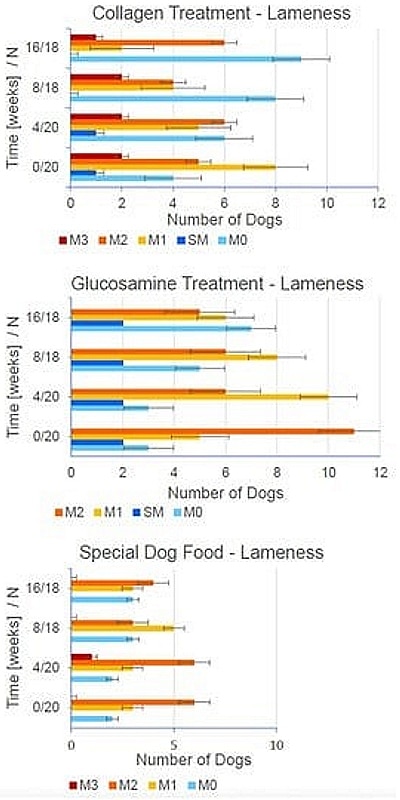
Lameness of dogs with beginning OA symptoms (ABOVE CHART). The grades were given by a veterinarian not further involved in the study but viewing and evaluating the video footage at both the beginning and end of the therapy. Grades/color coding: light blue—no problems (M0), blue—minor problems (marked SM—stiff movement), yellow—moderate problems (M1), orange—large problems (M2), dark red—extremely large problems (M3). The collagen and glucosamine groups had a comparable composition in regard to the degree of lameness.
“Articular cartilage destruction is mediated by the loss of collagen type II and proteoglycans and this loss is a characteristic feature of osteoarthritic (OA) symptoms.
“ We found that collagen hydrolysates were able to alter the levels of MMP-3 without changing the level of TIMP-1 (Tissue Inhibitors of MetalloProteinases-1; data not shown). In addition, we recognized the involvement of collagen hydrolysates and sulfated glucosamine in several key biochemical processes which are directly correlated with cartilage health. “
“In addition, the effect of chondroprotective collagen hydrolysate of fish or jellyfish origin on cell cultures is similar to the effect of collagen hydrolysate of bovine origin used in the present dog study.”
“Cartilage markers (MMP-3 and TIMP-1) were analyzed over a time period of 8 weeks from a homogenous group of 23 German Shephard dogs of nearly the same weight. This was important in order to determine a daily dose of 20 g.
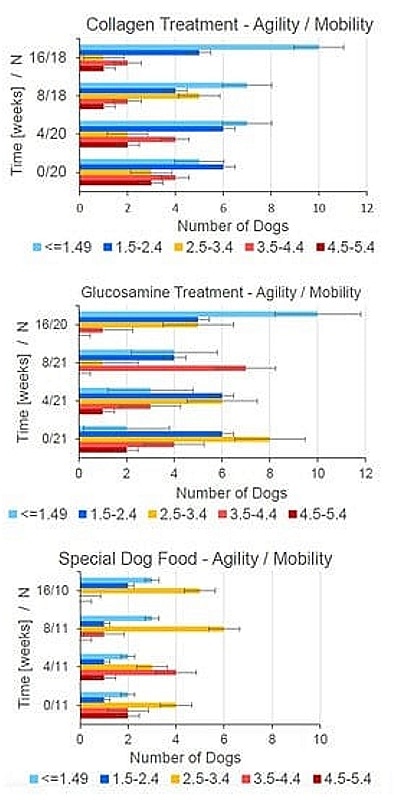
AGILITY AND MOBILITY Graph information: ‘Agility and mobility of dogs with beginning OA symptoms. Marks/color coding: light blue—no problems, blue—minor problems, orange—moderate problems, red—large problems, dark red—extremely large problems. The marks were given by the animal-holders at different time-points for the groups of dogs as indicated. their observations suggest that the collagen hydrolysate applied in this dog-study contains bio-active fragments that have a beneficial effect on OA symptoms, similar to that observed for sulfated glucosamine.’ Ref 1
“One could argue that a dose for smaller dogs with a lower body weight has to be adapted to these patients. Since collagen hydrolysate and sulfated glucosamine are nutrition supplements without any toxic effect, overdosing in smaller dogs theoretically could have led to increased positive effects. “ ref1
How does Collagen compare with glucosamine OR Omega 3 Animal oil, supplements?
“Collagen hydrolysate and sulfated glucosamine and potentially the fatty acid and vitamin rich food diet in the control group show similar benefits with respect to a treatment of early osteoarthritis symptoms. The positive effects in all three groups seems to be comparable, however, in contrast to sulfated glucosamine, collagen-hydrolysate provides more options for an improved therapy. “
Collagen hydrolysates are defined mixtures of short, long and medium-sized collagen fragments.
However, Collagen from SPECIFIC sources (TYPE 2 ONLY – see below) appears to have the most value.
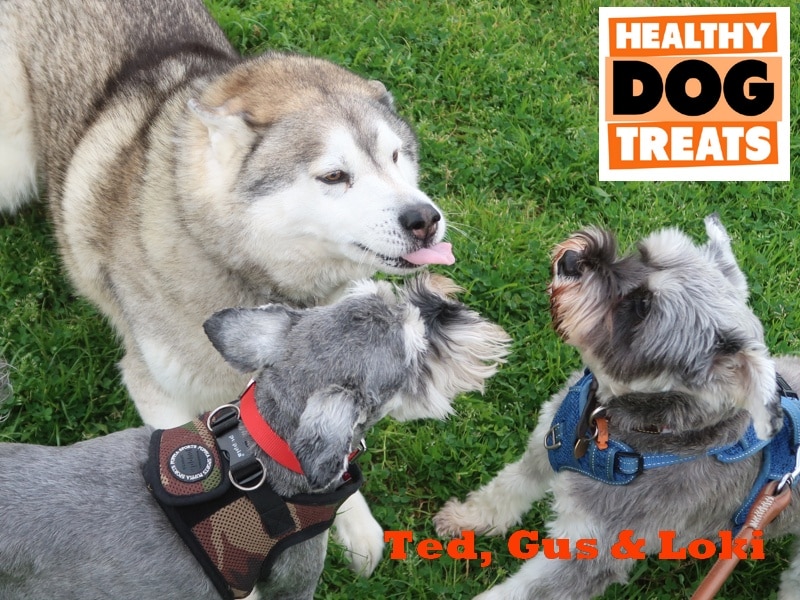
“During the 16 weeks study period muscle and leg circumferences increased and pain symptoms were significantly reduced with this treatment. The study also clearly shows that there is variability among individual dogs, with some reacting well while others react weakly to the nutraceuticals under study. … and subtle differences in the stage of disease having a third option becomes a desirable option that may provide added benefit to some animals. “ ref1
So it can be used along with glucosamine and Omega 3, or if these are not working trialling collagen to assist OA might show benefit .
What SPECIFIC type of Collagen does your dog need?
There are about 40 different types of collagens in the human and dog’s body.
FOUR types are the most prolific:
Type I collagen – forms fibers and is found in connective tissue associated with bones, ligaments, tendons, and skin
Type II collagen – forms fibres that are less organized than type I and is found mainly in animal cartilage. THIS IS THE ONE YOU WANT FOR YOUR DOG !
Type III collagen – forms thinner fibers than type I and contributes to cell organization in organs
Type IV collagen – found in the “basement membrane,” a sheet-like structure of collagen cells that surround different tissues. (ref 2)
A dog’s body makes collagen out of the protein we eat. During digestion the body breaks down protein into its amino acids and forms collagen, but besides creating collagen, we can EAT collagen that is already in the right form to do its functions in the body.
Older dogs have more difficulty in creating enough collagen that is where adding collagen directly into the diet assists its health.
The three most important ANIMAL sources of collagen type 2
Are from chicken, fish, or cows. Specifically:
- Bone Broth
“Bone broth is made by simmering animal bones and connective tissue for an extended period of time. The process extracts collagen from the bones and skin and places it into the broth. Common animals used to make bone broth include chickens, cows, turkeys, and deer (venison).”
NOTE over-processing can lead to the denaturing of proteins. This rendering process denatures proteins and they are more difficult to use in the body.
- Fish WITH the Skin On
“Fish are an excellent source of collagen from food, as long as you leave the skin on. That’s because much of the collagen found in fish is stored in the skin. Other benefits of fish include omega-3 fatty acids and vitamin D.” ref 2
Currently we have these specific FISH SKIN treats: Salmon Skin twists, Ling skin twists, Shark Skin Mackerel fish skins !
- Chicken
Chicken feet in particular is great for collagen.
The buzz word in human supplementation is Hydrolysed Collagen.
Collagen is mostly found in the body’s connective tissues, bones and skin. It accounts for one-third of your body’s total protein and 75% of the skin dry weight. However Hydrolysed Collagen is broken down into amino acids and peptides to make it easier to use in the body.
It’s all about COLLEGEN Type 2 for your dog’s OA help.
CONCLUSIONS
It appears that hydrolysed Collagen TYPE 2, might be as effective as glucosamine in assisting dog with joint issues (lameness, pain, gait etc). Though it is noted that research on this use of collagen is still early.
The point to note is that shark cartilage has glucosamine AND chondroitin – both of which are important in supporting joint rebuilding (not just maintenance) – nor just in early stages of OA.
Shark cartilage also has EIGHT alkaloids (not just the two that we regularly talk about for joint assistance) – it might very well be that like Omega comes in a series of 3, 6, 9, 12 etc, that the other alkaloids in shark cartilage might play a useful supporting role for dogs too.
This article is NOT about REPLACING your regular dog joint support treats, but supplementing them.
Or even just knowing that FISH SKIN dog treats aren’t just fun for a dog to eat – they provide a medicinal value !
If glucosamine and chondroitin alone aren’t getting you the results you want, perhaps like different anti histamines can have different value for different dogs, hydrolysed collagen might just be a great extra treat for your dog for joint health.
It should be remembered that we are taking about TYPE 2 collagen for dog joints (not the other types), and at least you know what extra value things like fish skin twists can provide to your dog. Rather than just being an excellent low KJ, mid lasting safe treat for your dogs – FISH SKIN dog treats actually provide a nutritional / medicinal function too !
REFERENCE
1 Efficacy of Chondroprotective Food Supplements Based on Collagen Hydrolysate and Compounds Isolated from Marine Organisms † (2021) by Thomas Eckert, Mahena Jährling-Butkus et al ..
REF 2 Healthy Foods High in Collagens WEBMD

